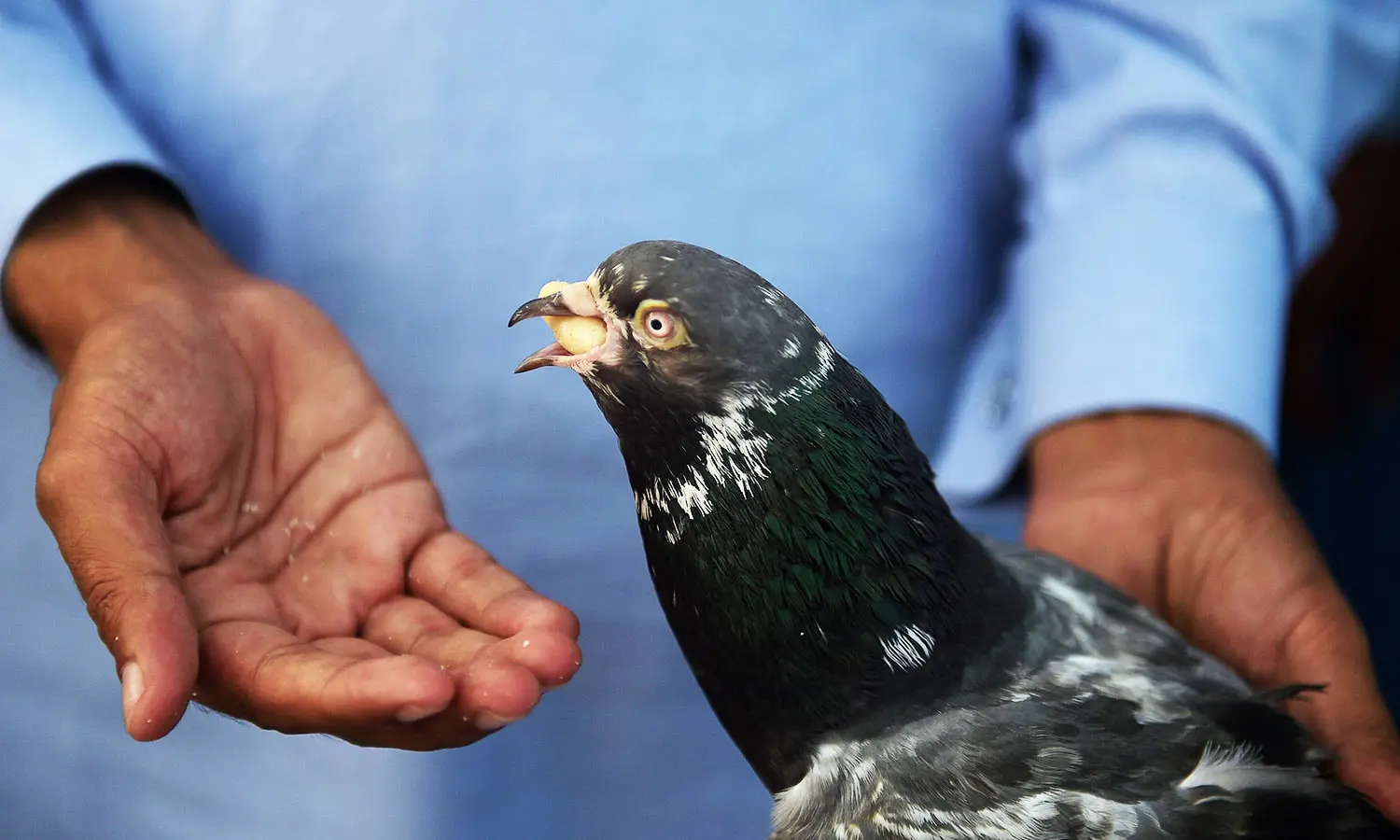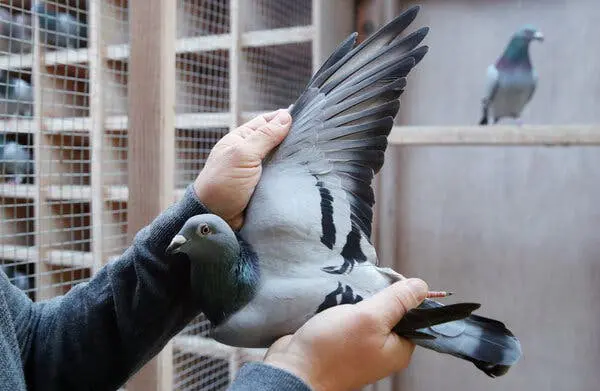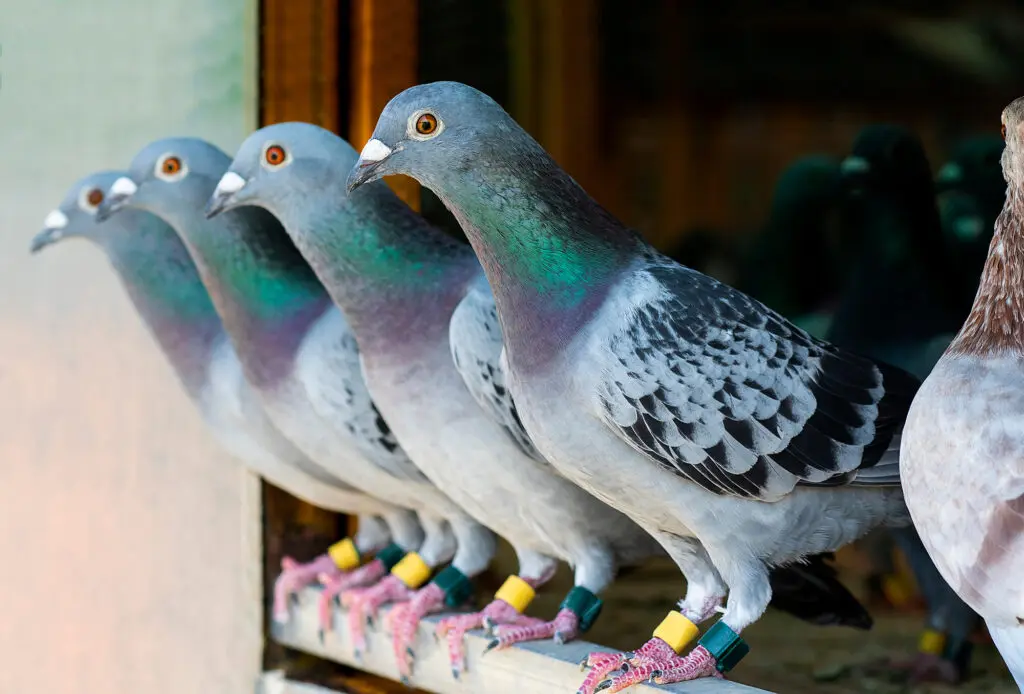Racing Pigeons
Pigeon racing is the sport of releasing specially trained homing pigeons which then return to their homes over a carefully measured distance. The time it takes the animal to cover the specified distance is measured and the bird’s rate of travel is calculated and compared with all of the other pigeons in the race to determine which animal returned at the highest speed.
Pigeon racing requires a specific breed of pigeon bred for the sport, the Racing Homer Competing pigeons are specially trained and conditioned for races that vary in distance from approximately 100 kilometres (62 mi) to 1,000 kilometres (620 mi). Despite these lengths, races can be won and lost by seconds, so many different timing and measuring devices have been developed.

History
Pigeons are the oldest domesticated bird. The predecessors of modern-day racing pigeons were pigeons bred for their homing ability, primarily to carry messages. “Pigeons Posts” have been established all over the world and while mainly used in the military, some are still in service today. Modern pigeon racing originated in Belgium in the mid 19th century. Racing pigeons were first developed in Belgium and England at the same time They are the result of crossing of a number of other breeds, primarily the Smerle, French Cumulet, English Carrier, Dragoon, and the Horseman (now lost). From the high-flying Cumulet, the Homer received its endurance and its ability to fly for hours on end without tiring. From the Carrier, it inherited the ability to find its way home from great distances.

The sport was aided by several new technologies of the era. The advent of the railroad permitted pigeons to be sent to distant release points quickly and at modest cost. In addition, the creation of mass-produced, sophisticated timing clocks brought accurate and secure timing to the sport. These clocks were designed with special compartments where an entry band, removed from the returning race bird was placed. When struck, the clock recorded the time and also placed the band in a compartment that could only be opened by race officials.
The importance of homing pigeons in the centuries before electronic communications, such as the telegraph and telephone, is seldom recognised. However, the Reuters News Agency, the world’s largest information provider, began as a pigeon service carrying closing stock prices between Belgium and Germany, basically between the western and eastern terminus of the telegraph in Europe.
The most expensive pigeon ever sold was “New Kim” which was purchased for $US1.9 million by a bidder from China in November 2020

Racing
Pigeon racing has been described as the “sport with a single starting gate and a thousand finish lines.” In short, competing birds are taken from their lofts and must race home. The time taken and distance are recorded and the fastest bird is declared the winner. Races are generally between 100 kilometres (62 mi) and 1,000 kilometres (620 mi) in distance. In the United States flights of up to 1,800 kilometres (1,100 mi) have been recorded.
Provided it survives the many hazards associated with racing, a single pigeon could compete from about six months of age and still be in competition at over ten years of age. Such feats are uncommon, however, and the average racing career rarely exceeds three years. Hazards can also come from weather conditions on the day of the race. Pigeons can become grounded and disoriented, and therefore not finish the race.
In the early days of racing, paint was used to identify birds for owners. Belgium then developed a ⅛-inch brass leg band, that was sent to racers in America to use. Since then, to compete in a race, it must wear a permanent, unique numbered ring or band that is placed on its leg at about five days old. For a race to be conducted, the competing pigeons must be entered into the race, usually at the organisation’s clubhouse, and taken away from their home to be released at a predetermined time and location. The distance between the bird’s home loft and the race point is carefully measured by GPS and the time taken by the bird to return is measured using one of the two acceptable timing methods. Sometimes in some leagues, there are two divisions: one for the young birds (usually yearlings in their first year of competition) and another for older birds.
